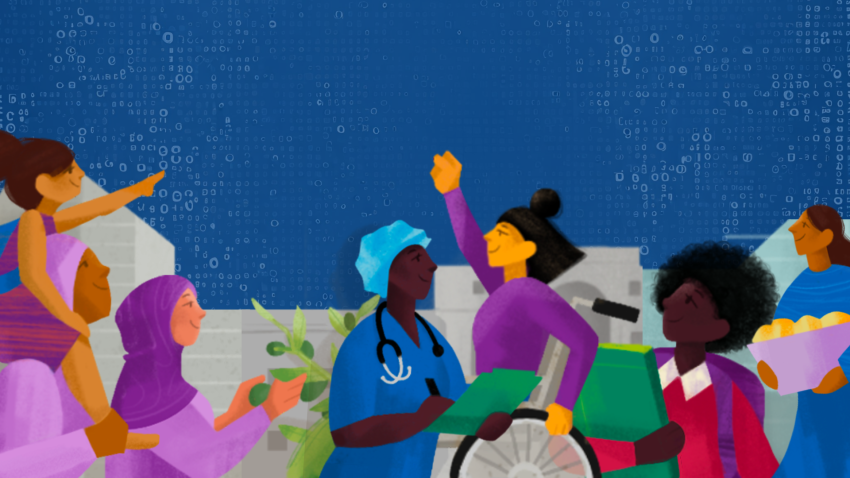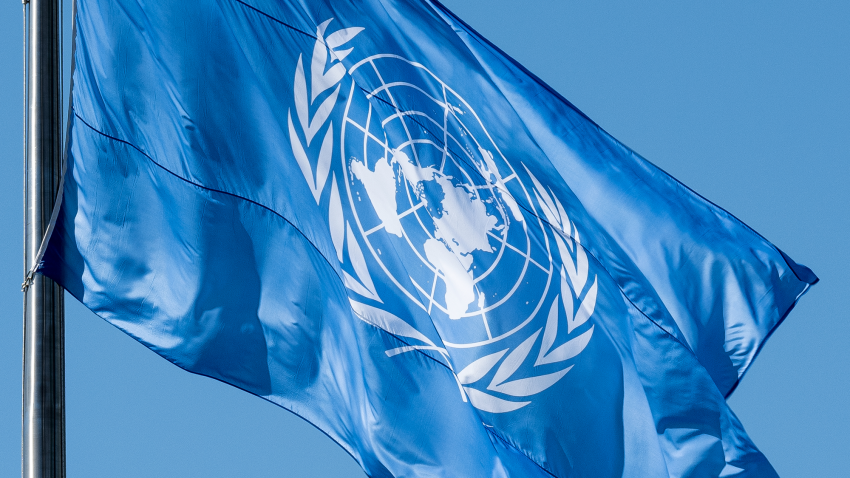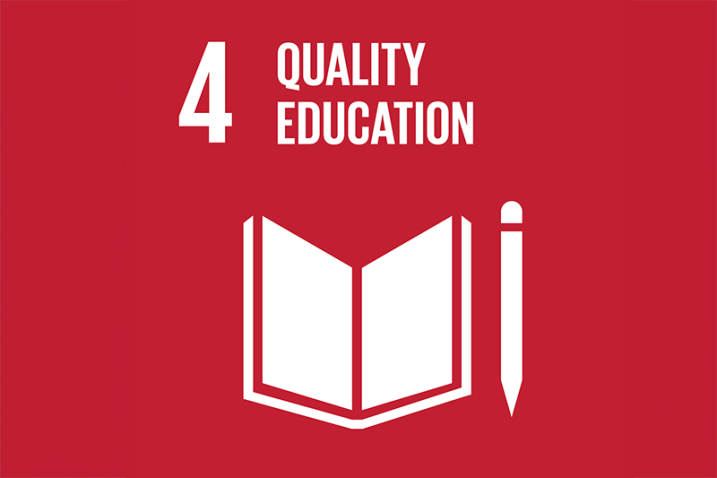We left last week with Bob Marley in our ear, his quest to consummate the end of physical slavery with liberation from its mental forms. Barely had our column been uploaded when I learned of the superstar’s family’s decision to reissue , in honour of UNICEF, his emblematic “One Love” remastered for our age of the pandemic. As Cedella Marley, the singer’s daughter, said it is “a song of unity, it's a song that unites everyone. When Daddy was writing this song, I don't think colour, creed or social status mattered. It's really a song of just appreciating the human family, which is all of us.”
When did we lose that phrase, “human family”, to what we now so snappily call the “international community”? I was conjuring its many vibrant, tactile associations when, on the weekend of March 27, I came across an article in the Jamaica Gleaner where Prathit Misra, an Indian diplomat in Kingston, celebrates 175 years of the Indian community in Jamaica and quotes Bob Marley’s granddaughter Donisha Prendergast, as she recalls that “sharing energy with the sadhus (ascetics) on the riverbank in Varanasi (in India) was parallel to the experience of being with the Rastaman in Jamaica. There’s an old connection between these cultures: when Indian indentured labourers were brought to the Caribbean plantations, they brought with them ideas of spirituality, spices and the beautiful plant that would become a central part of the Rastafari culture.”
As vivid a manifestation of the “human family” as any. That weekend was also the one where Indians around the world celebrated Holi, the festival of colour and spring; it was just after its observance in 1979 that the music group Boney M, with its star Jamaican members , released the aptly, if unintentionally, titled song “Holi Holiday”, its refrain “a world of fun for everyone” conjuring the delights and possibilities of the human family. This Monday, April 5, was the International Day of Conscience which the United Nations General Assembly declared to regularly mobilize “the efforts of the international community to promote peace, tolerance, inclusion, understanding and solidarity;” in establishing the Day, the assembly recalled “the preamble to the Universal Declaration of Human Rights, in which it is stated that disregard and contempt for human rights have resulted in barbarous acts which have outraged the conscience of humankind.” And, as I write this, on April 8, it is Yom HaShoah, the "Remembrance Day for the Holocaust and Heroism" in Israel, commemorating both the savage lack of conscience some human beings demonstrated and the assertive acts of affirmation of conscience other human beings demonstrated.
Among those was Carl Lutz, the Swiss diplomat whose birth anniversary we commemorated on March 30 last week, in the recollection of Rabbi Arthur Schneier, founder of the Appeal of Conscience Foundation, “ I escaped with my life because a Swiss consul in Budapest, Carl Lutz, risked his diplomatic career to save Jews.”
Rabbi Schneier founded Appeal of Conscience in the same quest, “bound by our shared destiny to heal our wounded world, we must emerge as a united human family, seeking improvement by building peaceful co-existence and respect the other.”
Twenty years after the Foundation’s work began, the United Nations adopted the “Declaration on the Human Rights of Individuals Who are not Nationals of the Country in which They Live;” reading it today, I’m struck how academically prescient its drafter authors were. As I learned from Susan Hussein of the United Nations Dag Hammarskjöld Library Harvard University has decided to remove permanently the phrase “illegal alien” from its collection descriptions on the premise that it is not individuals who are legal or illegal, but their actions, a distinction the careful wording in the United Nations document respects.
This has been a religiously contemplative week, with Easter and Passover; last Friday, April 2, Andrew Sullivan wrote movingly about “the one thing that endures in religious practice: something transcendent that makes the failure in our lives redemptive, and sees politics merely as the necessary art of attending to the imperfect.” Or, as the Reverend Calvin Butts of New York’s Abyssinian Baptist Church said a year ago, "Good religion goes best with some common sense." And, in the phrase of Joseph Potasnik, Executive Vice-President of the New York Board of Rabbis, “we of different faiths, we all believe that we must face each other as one human family,” ( thank you, Joe!) “to find shalom, to find salaam, and to find peace."
I thought of those three elements - attending to the imperfect, of common sense and of the facing of each other as one human family - in the context of conscience; what collective expression of a realized, if at times hesitant, conscience could there better have been than in the attending to the imperfect with common sense that the one human family sought to realize in the Sustainable Development Goals? Almost on cue, I found I was not alone in this thought; the resolution establishing the International Day of Conscience asks that “the Culture of Peace with Love and Conscience” be built “ in accordance with the culture and other appropriate circumstances or customs of their local, national and regional communities, including through quality education and public awareness-raising activities, thereby fostering sustainable development.”
A fostering whose shape was hastened by the global community of scholarship; much like the logic of the Academic Impact itself, it soon became clear that there was no field of research or enquiry which could not invigorate that mission. It was 110 years ago today (April 8) that “superconductivity” was discovered by Heike Kamerlingh Onnes, then studying the resistance of solid mercury at cryogenic temperatures using the recently produced liquid helium as a refrigerant. Fast forward to later this 2021 year and a volume edited by Muralidhar Miryala “High-Tc Superconducting Technology Towards Sustainable Development Goals” slated to be released in August which argues “clean environment, global peace, mitigating climate change, financial growth, and future development of the world require new materials that improve the quality of life. Superconductivity, in general, allows perfect current transmission without losses. This makes it a valuable resource for sustainability in several aspects. High-temperature superconducting (HTSC) materials will be crucial for sustainable everyday applications and more attractive for the United Nations’ Sustainable Development Goals (SDGs).”
Or the United Nations Day of Human Space Flight which will be observed next week, on April 12, this year marking the 60th anniversary of Yuri Gagarin’s flight into the feared, the beginning of an era when, in the phrase of Chris Churchill of New Mexico State University “even with millions of moving parts in industry, of logistics, and economic machinery, we learned that when individuals embrace being part of something bigger than themselves, a single generation can transform humanity into something greater than it was,” much like the SDGs themselves. A transformation from unexpected connections; who would have thought of a link between human space flight and osteoporosis ? And yet, in this timely reference from the United Nations Office on Outer Space, which I came across on World Health Day yesterday (April 7) “some medical research can only be performed in orbit, aboard the space station, where there is only microgravity. The same weightlessness that lets space-suited astronauts move massive objects easily also offers a unique learning opportunity, as in the case of zero-gravity's effects on astronauts' skeletal systems and loss of bone and muscle mass. For example, due to extreme bone loss, experiments in space offer a unique opportunity to develop a cure for osteoporosis,” the reach of human mind and body grasping possibilities in the infinite for the very finite elements that can assure, as the World Health Day theme this year aspires, a healthier and fairer works for all, one in which, to quote Pope Francis’s Christmas message in December, “we cannot allow the various forms of nationalism close in on themselves to prevent us from living as the truly human family that we are.”
In the end, the SDGs, like conscience and faith, are about liberation; the observances and celebrations of this past week extended that metaphor, the liberation of Christ from his crucifix on Easter, the liberation of the Hebrew slaves commemorated in Passover, a liberation and a return, as in the chorus.
Va Pensiero from Verdi’s “Nabucco” to “thoughts, on golden wings that settle upon the slopes and hills, where warm and soft and fragrant are the breezes of our sweet native land,” the version of that chorus we are proud to share so evocative of our times, where our individual talents and creativities, within the compelled confines of our own space, can soar, one and together, #onlytogether, elevating that “sweet native land” from one beyond immediate reclaimed geography to the home, collective like conscience, of the “human family.”
Like so many WhatsApp forwards, the image that prefaces this column bore no provenance, no author to whom to give credit. It lit up my screen the afternoon of Monday last week, March 29, the fiftieth anniversary of the sentencing of Lt. William Calley for his role in the 1968 My Lai massacre. Rereading accounts from the time, it was instinctive to think of a document drafted twenty years earlier which spoke of how “disregard and contempt for human rights have resulted in barbarous acts which have outraged the conscience of mankind.” The Universal Declaration on Human Rights was the first United Nations mention of the “human family” in its very opening lines with reference to “the inherent dignity and of the equal and inalienable rights of all members of the human family” and its going on to assert in its first article that “all human beings…are endowed with reason and conscience and should act towards one another in a spirit of brotherhood.” The phrases may have seemed contradictory (how can mankind possess a collective conscience if the exercise of that in individual human beings is aspirational) but they could equally be mutually reinforcing (the collective conscience is the aggregate of that with which individual human beings have been endowed). That collective conscience has brought the promise, and possible permanence, of sustainable development within our grasp. But will it realize the respect, indeed affection, caring and, yes, responsibility for the person rather than the people, where numbers transform into names, where, as in all families, identities are defined by the relationship and not the degree of separation.
March 29, was also the day the trial relating to the death of George Floyd began. I looked at the image above and thought of May 25, 2020, the last day of George Floyd’s life. Could he have recalled blessings to count? Was he in a position to practice kindness? Did he let go of what he could not control of his own volition? Could he listen to his heart? Could he have remained calm, leave alone productive?
Those answers will remain conjecture. But what he unequivocally could not do was “just breathe.”
Ramu Damodaran
Chief, United Nations Academic Impact




